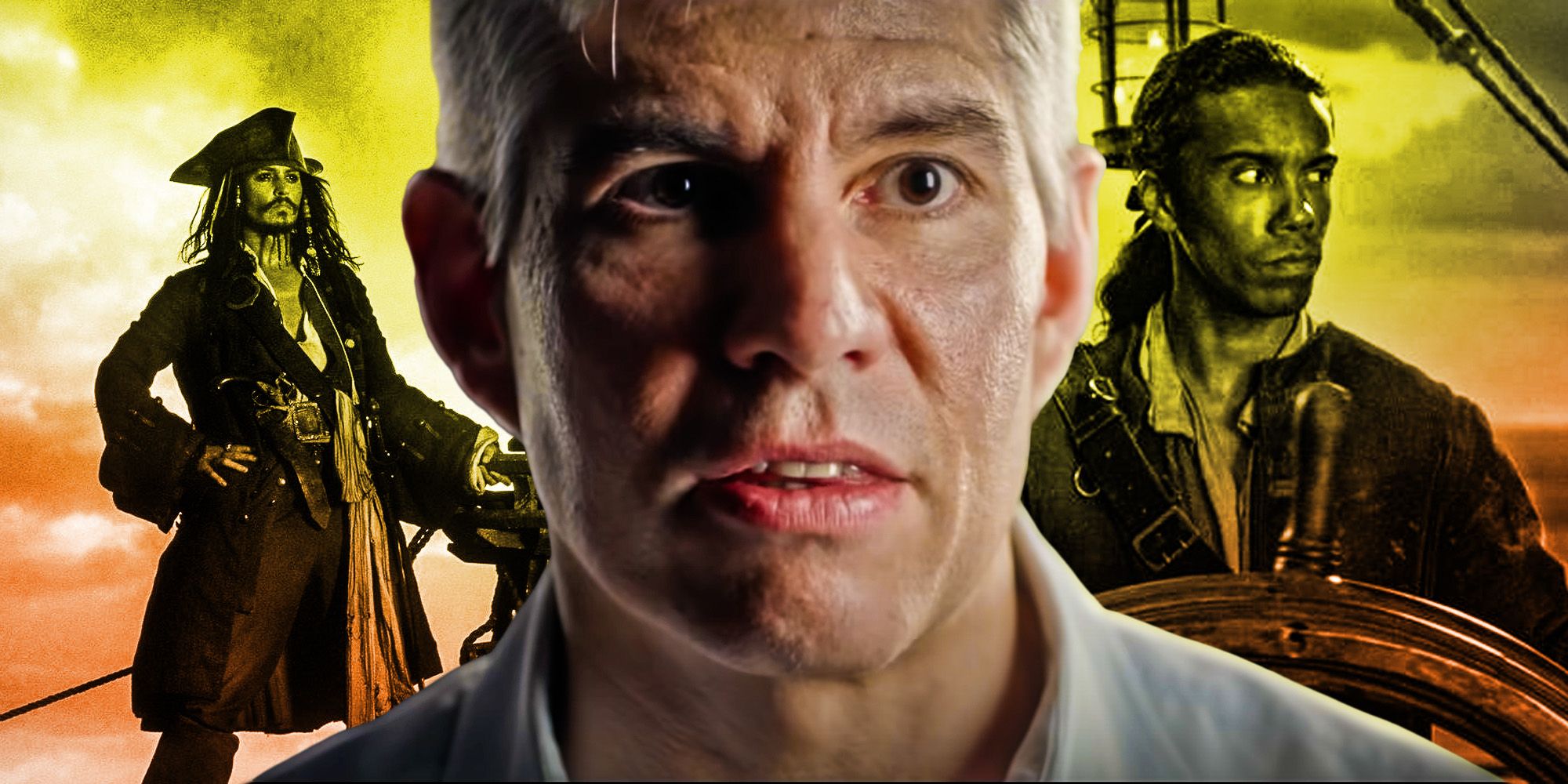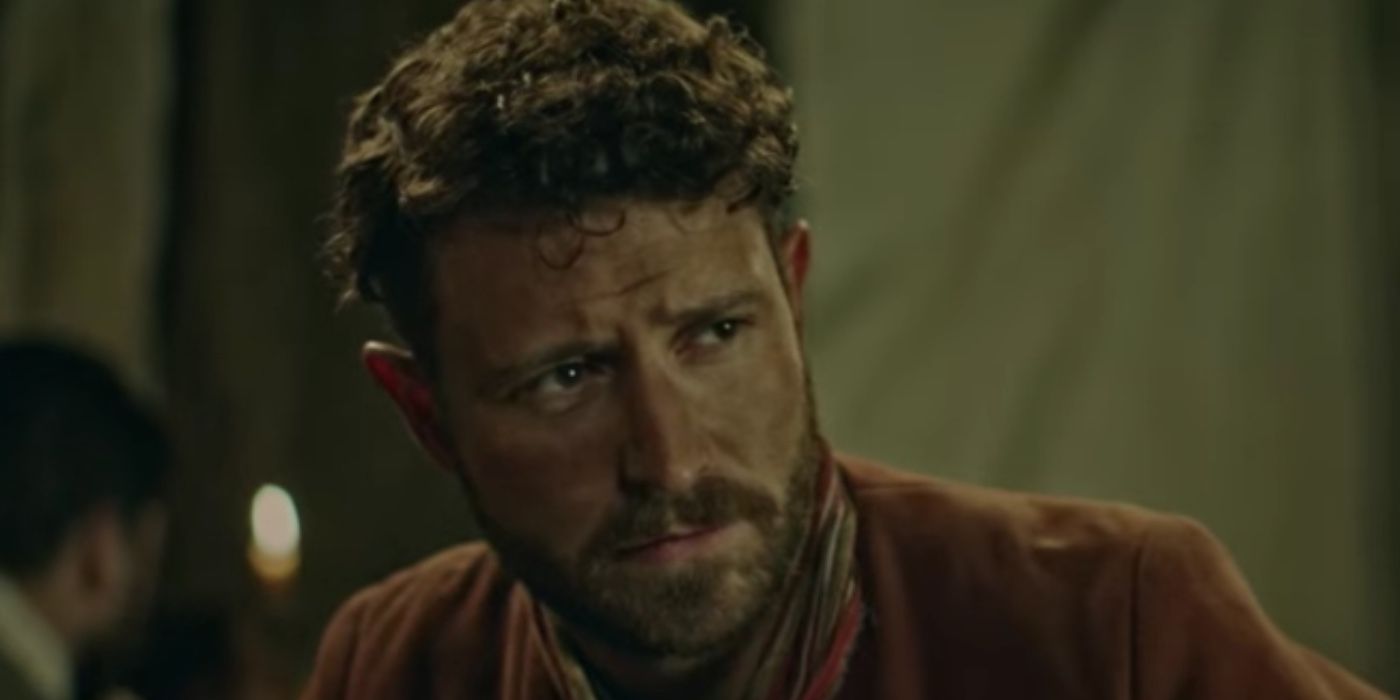The new Netflix documentary drama series The Lost Pirate Kingdom shows just how accurate the Pirates of the Caribbean films were to actual pirate history. The time period was represented surprisingly well - minus the ghosts and sea monsters, of course.
Modern depictions of pirates have been largely defined by the Pirates of the Caribbean films from Disney. Based on the Disneyland ride of the same name, the franchise proved incredibly popular, and revived interest in the pirate genre for both film and television. Being Disney movies, they were never going to be completely realistic historical dramas. Instead, they focused on their more fantastical elements, telling fun outlandish adventure stories with fictional characters like Jack Sparrow and Will Turner. They also sanded down the rougher sides of the pirate life in order to appeal to families, earning each of the films a relatively tame PG-13 rating.
With this in mind, it's understandable to think that the movies are completely inaccurate to the time period they're set in. Yet as The Lost Pirate Kingdom shows, this isn't the case. The Pirates of The Caribbean movies are surprisingly faithful to certain aspects of piracy in the 1700s, particularly to the look of the time period and the various locations the characters visit. The representations of real-world locations like Port Royal and Tortuga were surprisingly accurate, and so were certain details like the costumes, the look of the ships, how they were operated - not to mention the films featuring some real famous pirates such as Blackbeard. Along with that there were other true historical details, like female pirates dressing up like men when they sailed and the English government Letters of Marque. These real letters were issued to "professional" pirates known as privateers, which allowed them to freely raid and rob the ships of any of England's enemies. Even ideas from the film that seem far-fetched have historical precedent - for example, there really was a pirate republic established at one point, which no doubt partly inspired the Brethren Court in the movies along with groups like the Brethren of the Coast.
But that isn't to say details weren't left out. The Lost Pirate Kingdom, being a Netflix series, is able to get away with a lot more than any movie based on a Disney ride ever could. It features all the swearing, violence, and sex that would be expected from the often debauched pirate life. It was a brutal time to be alive, and real-life pirates were more likely to die of some horrible disease than in some epic sea battle. The series also delves into the role that prostitution would play in pirate havens like Nassau, and how much of what fueled piracy either came out of a place of awful poverty or government scheming. Then there's also the fact that at the end of the day pirates are criminals, and often committed horrible acts of violence against people who didn't deserve it. It should be no surprise to anyone how much Disney cleaned up these aspects of the pirate life.
The reality of piracy strips away much of the fun and romanticism that movies like Pirates of the Caribbean, or its reboot, have created in our modern culture. At the same time, shows like The Lost Pirate Kingdom proves that even with all the family-friendly content, some elements of the real world can still make their way into these beloved stories.


